Richard Connell’s short story “The Most Dangerous Game” may be one of the most influential stories ever written, inspiring and influencing countless movies and television shows from Bill Bixby being hunted by a rich asshat in an episode of The Incredible Hulk to Jean Claude Van Damme being hunted by a group of rich asshats in John Woo’s Hard Target, but arguably the best adaptation of this tale was also the first, which pitted Fay Wray and Joel McCrea against, you guessed it, a rich asshat.
Set on a remote island, the story follows renowned big game hunter Bob Rainsford (Joel McCrea) who finds himself shipwrecked and stranded when the yacht he was on was lured into reefs and shark-infested waters by channel markers that had been moved offshore of a small island. As the sole survivor of the wreck, Rainsford stumbles upon the shadowy "fortress" belonging to Count Zaroff (Leslie Banks) where he also meets two other guests, Eve Trowbridge (Fay Wray) and her drunkard of a brother Martin (Robert Armstrong), who were also victims of a shipwreck. What seems like a kindly gesture at first quickly reveals itself as a twisted game of life and death. Zaroff, a hunting enthusiast who has become bored with traditional games, now hunts humans for sport, sending his “guests” out into the jungle where they must try and stay out of his crosshairs until sunrise.
This guy is even creepier than Dracula.
With a sixty-two minute running time, the screenplay by James Ashmore Creelman is a picture of economy, setting up archetype characters quickly and effectively while also setting up the mystery with subtle visual cues and a few lines of dialogue, such as Fay Wray warning Joel McCrea that two sailors who had also survived their shipwreck have not been seen or heard from once invited to see Zaroff’s trophy room, and when the penny is finally dropped and Zaroff’s intentions are made clear we get an interesting twist where the villain doesn’t, at first, intend to hunt the hero but wants him at his side. Needless to say, this partnership is refused and soon both Joel McCrea and Fay Wray are let loose on Zaroff’s private hunting preserve. It's here that the film turns into an intense cat and mouse game, or “Jungle Chess” as Zaroff calls it, with the two men pitting their respective jungle craft against each other.
Note: Leslie Banks’s Zaroff can be considered Hollywood’s first depiction of a serial killer, wonderfully executing a vision of deviant pathology.
One of the more interesting things to note about this film is that it was shot concurrently with that of its bigger budgeted RKO cousin, King Kong, utilizing many of the same sets and actors, Fay Wray, Robert Armstrong, James Flavin and Noble Johnson taking their time away from giant ape action for this production, and while Mercian C. Cooper was directing the special effects scenes on Kong, Ernest B. Schoedsack would use his free time to direct The Most Dangerous Game, along with co-director Irving Pichel, who was brought on to aid Schoedsack as he had never directed a talking picture before and was chiefly in charge of handling the dialogue scenes. Aside from the appearance of Fay Wray and Robert Armstrong, it’s the locations that fans of Kong will notice as much of this film’s jungle sequences utilized the same soundstage and sets.
I almost expected to see Kong accost our two young heroes here.
Stray Observations:
• Some of the screams of the sailors as the ship sank are the same as the screams of the sailors in the 1933 King Kong when Kong shook them off the log.
• If the doorknocker of a spooky stone fortress is in the form of the rapist centaur Nessus, holding the limp form of Hercules’ wife, do yourself a favour and don’t knock, just get back in the shark-infested water as you’ll probably be better off.
• The Spider-Man villain Kraven the Hunter was directly inspired by Count Zaroff, both are Russian and obsessed with hunting “the most dangerous game.”
• The Count’s claim of wanting to hunt the most dangerous game is a little undercut by the killing of Eve’s alcoholic brother. I’m not sure how dangerous he was and his liver was going to kill him sooner or later anyway.
• Zaroff's dogs were Great Danes borrowed from silent star Harold Lloyd. dyed dark to look more menacing, much to the dismay of their owner when returned.
• Fay Wray wears her hair in its naturally brunette colour in this film, as opposed to the blond wig she wore in King Kong.
Proving the adage that Blondes don’t necessarily have more fun.
One of the film's most notable strengths is its ability to create and sustain a palpable sense of tension throughout its running time. From the moment Rainsford sets foot on the island, the atmosphere becomes suffused with an ominous foreboding, heightened by eerie visuals, thanks to cinematographer Henry W. Gerrard and a haunting score by the legendary composer Max Steiner. It is the isolated setting, combined with the dense jungle and dimly lit interiors, that adds an extra layer of claustrophobia to the narrative, and this makes each encounter between hunter and hunted all the more chilling. If the film has one drawback is the script does rather spell out the theme of the movie, with one of the characters early in the picture asking Rainsford about the morality of the hunt and if he would like to change places with the tiger, even going so far as to blatantly asking “If there’d be as much sport in the game if you were the tiger instead of the hunter” and Rainsford replies “That’s something I’ll never have to decide” followed up by “This world is divided into two kinds of people, the hunter and the hunted. Luckily, I’m a hunter. Nothing can ever change that.” This is the kind of statement that will definitely land you on an island where you will be hunted by a madman.
The yacht exploding was almost karmic retribution.
The performances in this adaptation are a definite highlight as Joel McCrea shines as the resourceful and determined Rainsford, capturing the character's transformation from predator to prey with intensity and conviction. Leslie Banks delivers a captivating performance as the refined and sinister Count Zaroff, exuding an air of icy sophistication that conceals his depravity. The dynamic between the two actors is electric, fueling the escalating tension between their characters. More importantly, the film raises thought-provoking questions about the nature of humanity and the line between civilization and savagery as it explores the primal instincts that drive individuals when confronted with life-or-death situations and challenges the boundaries of morality. The Most Dangerous Game prompts viewers to reflect on their own capacity for survival and the choices they might make when pushed to their limits.
Note: The film’s original length was closer to 78 minutes but the tour of Zaroff’s ghoulish trophy room so horrified audiences of the time that only a few shots of severed heads remain.
Furthermore, the movie's pacing is masterfully executed, keeping the audience engaged throughout its relatively short runtime. The tense cat-and-mouse game between Rainsford and Zaroff is brilliantly developed, keeping viewers on the edge of their seats. The screenplay, penned by James Ashmore Creelman, successfully condenses the essence of the original short story, maintaining its suspenseful core while adding a few extra twists and turns. While The Most Dangerous Game is a product of its time, with some aspects that may appear dated to contemporary viewers, it remains a significant milestone in the realm of survival and adventure films. It influenced future works exploring similar themes, including later adaptations and movies such as Predator and The Hunger Games.
"And may the odds be ever in your favour."
RKO's The Most Dangerous Game is a tale of adventure and horror that has stood the test of time and remains a classic and influential piece of cinema, having inspired countless adaptations and thematic variations over the years. Its exploration of survival, morality, and the darkest aspects of human nature still resonates today. With its atmospheric and riveting film that stands as a landmark in the thriller and survival genre. The strong performances, its haunting setting, and thought-provoking themes make this a must-watch for film enthusiasts and a testament to the power of storytelling in classic cinema.
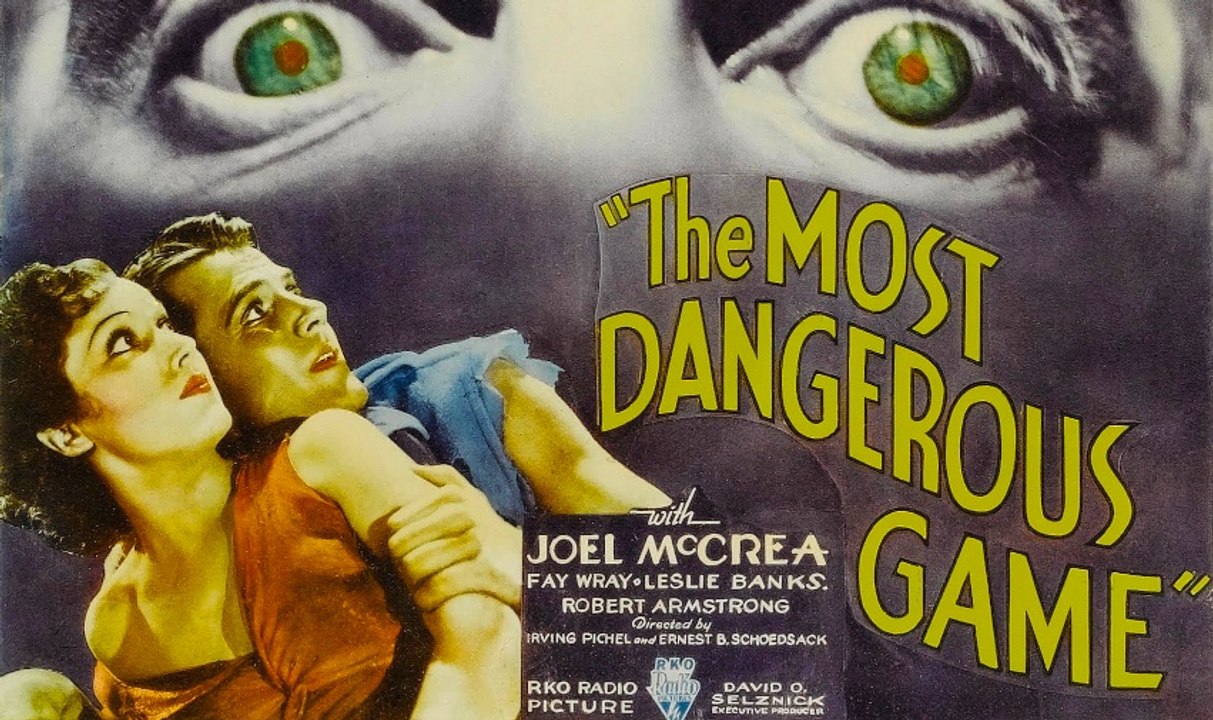
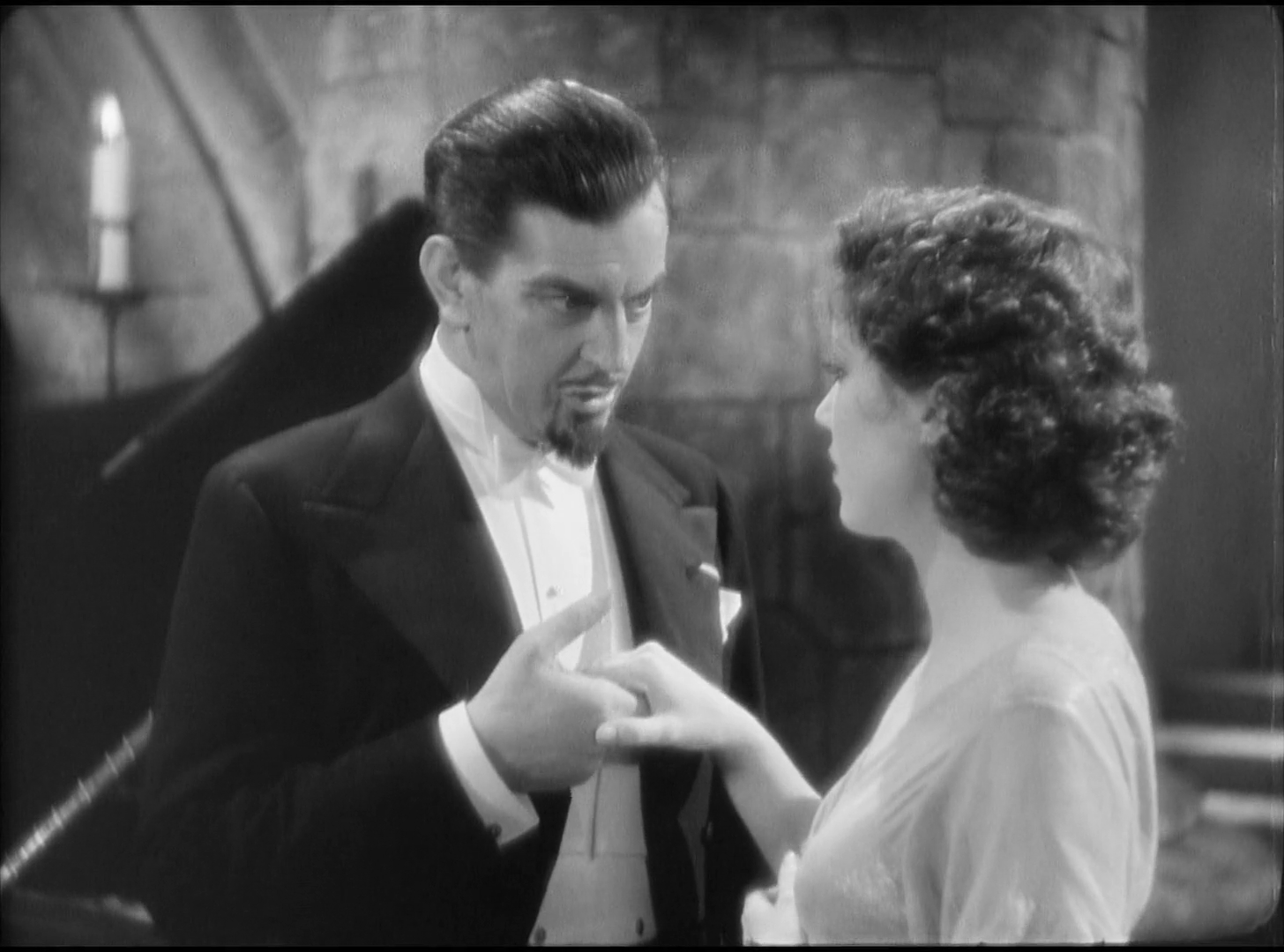
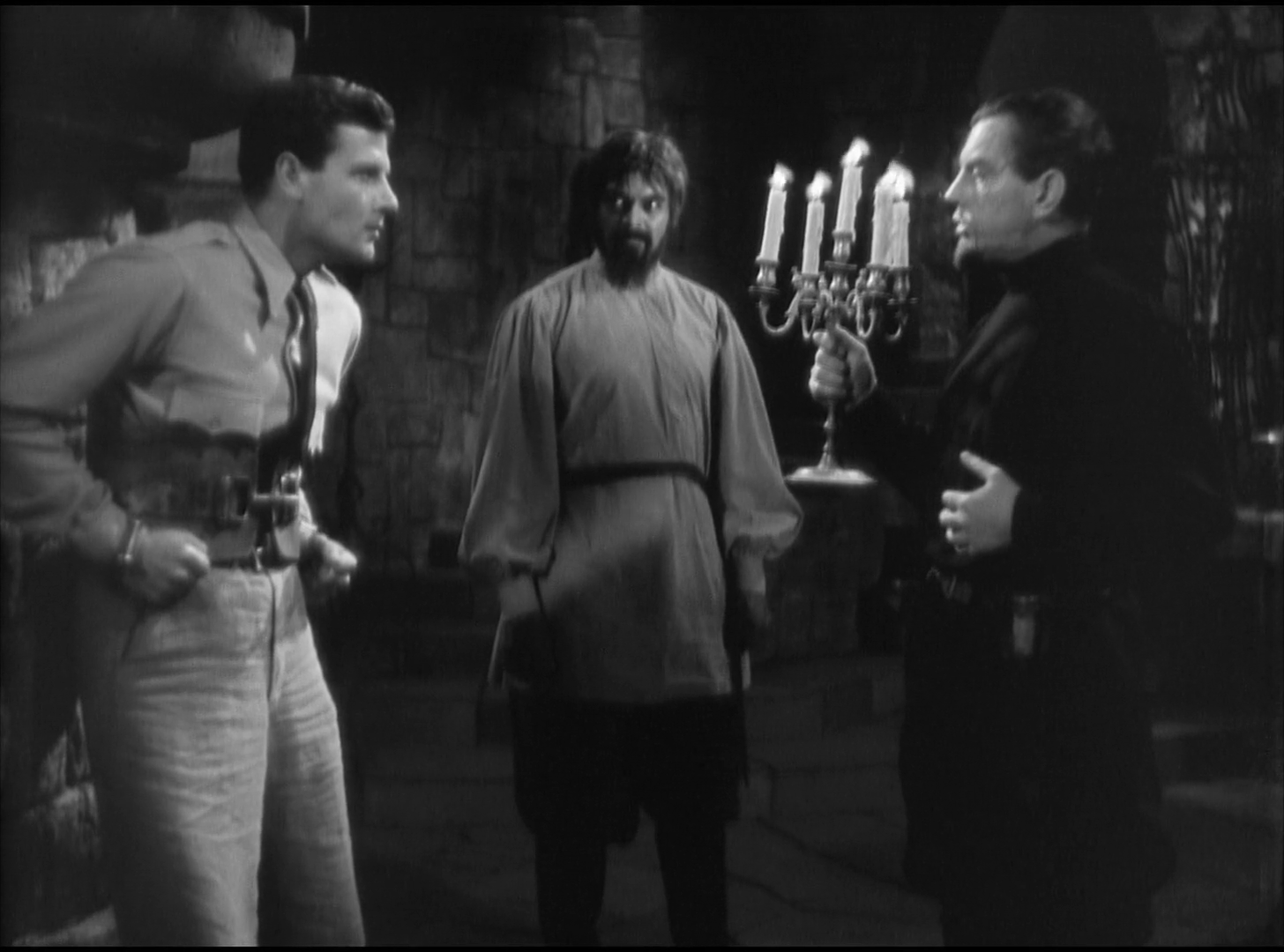

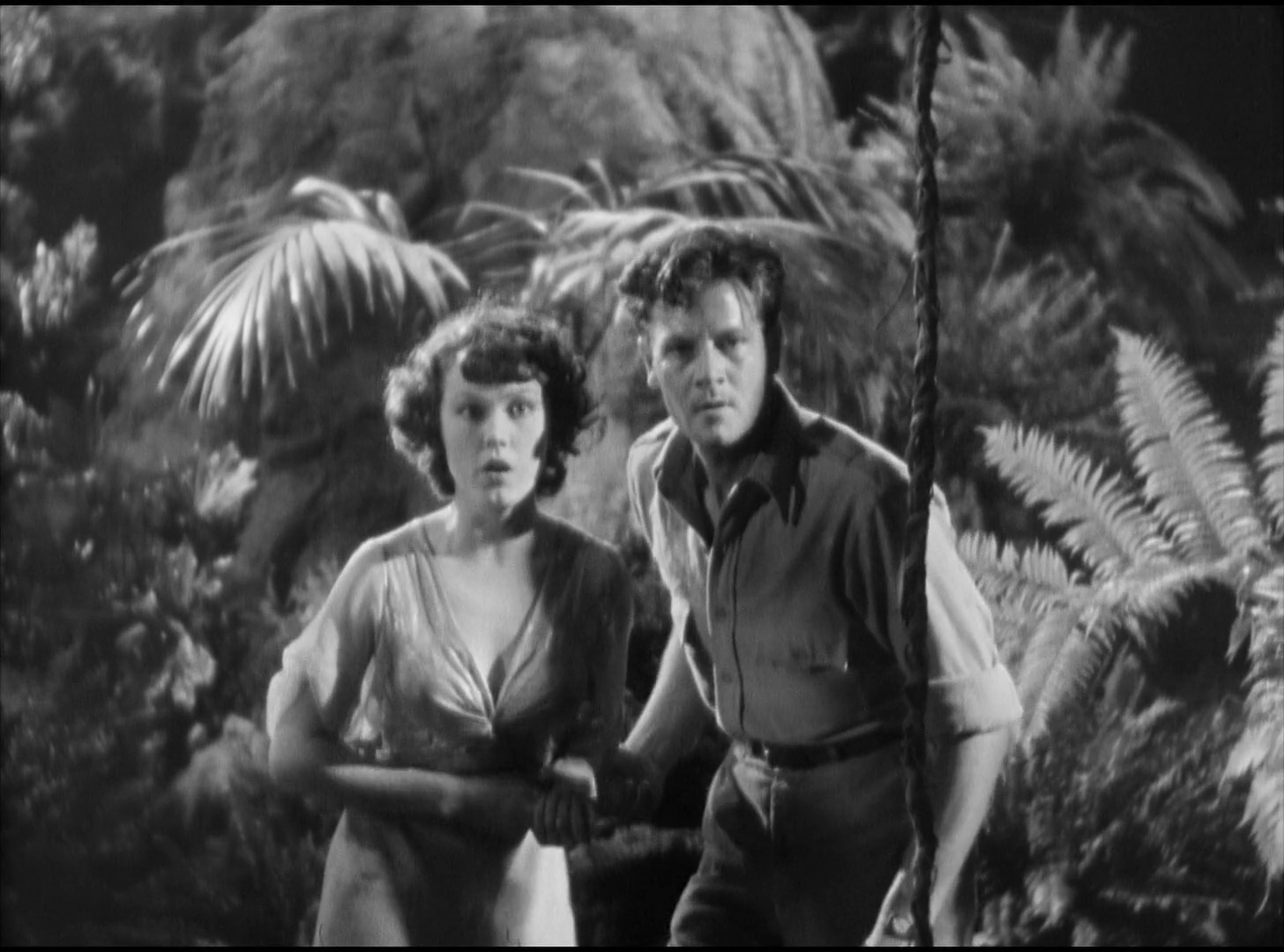
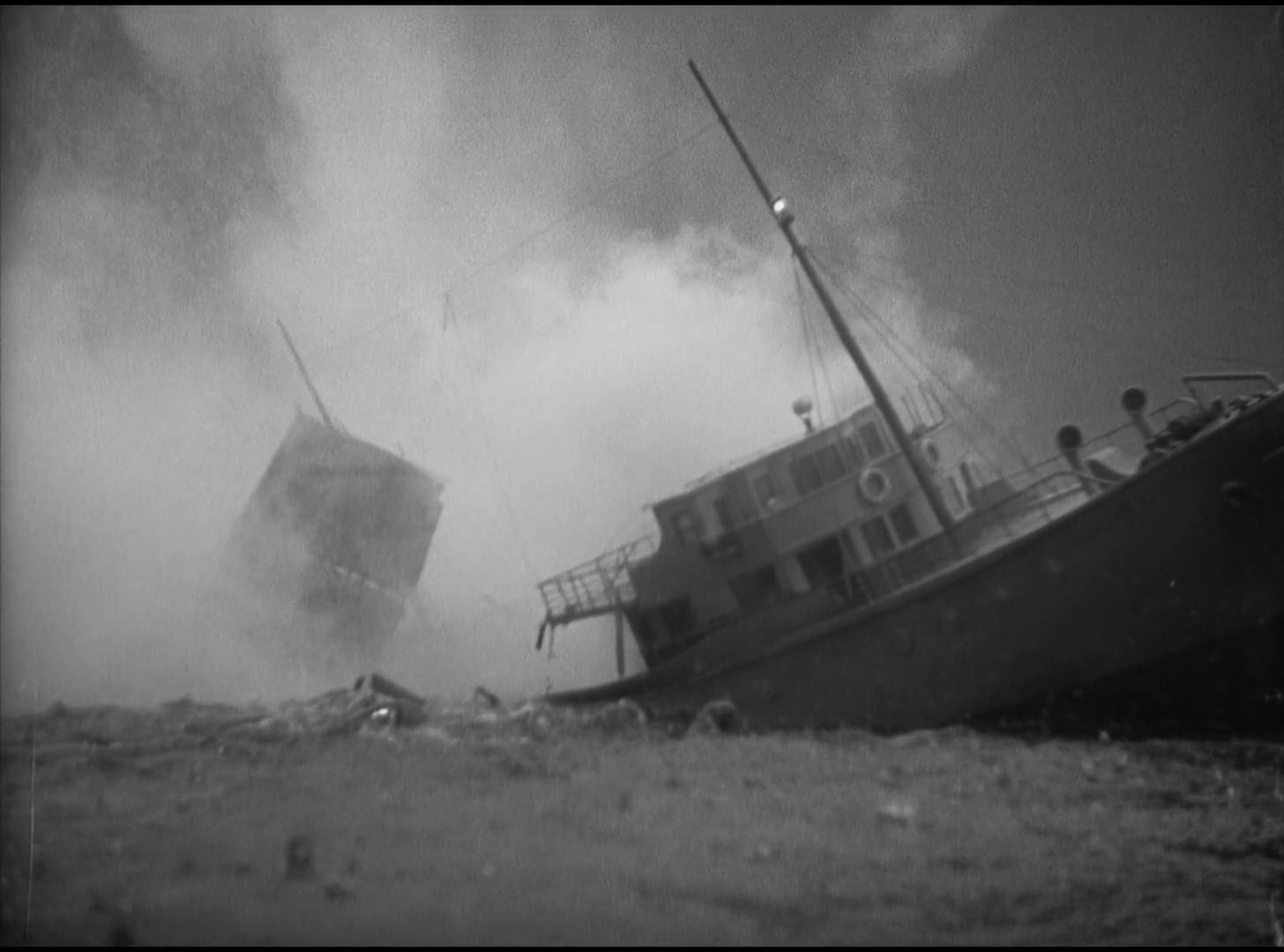
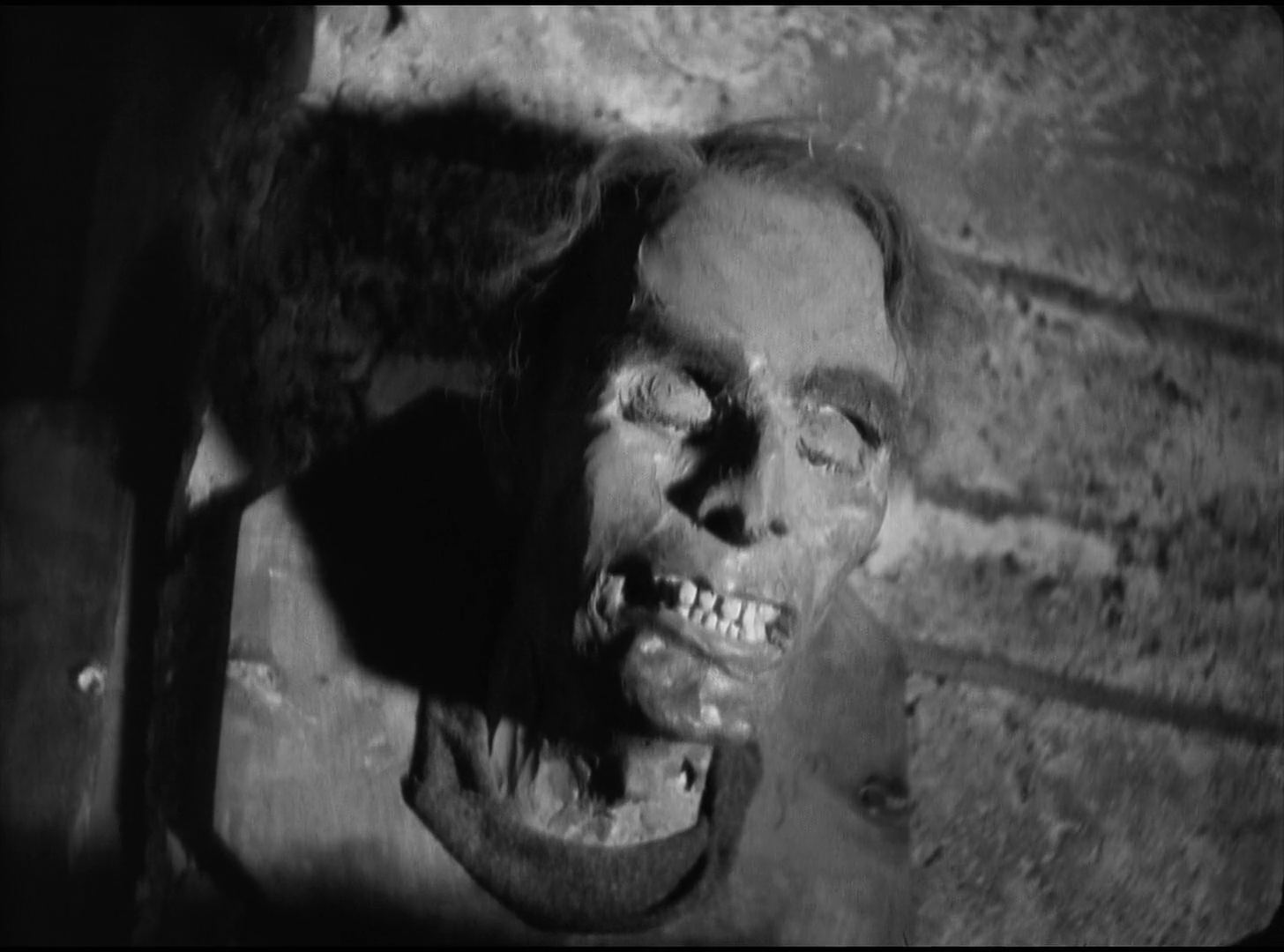
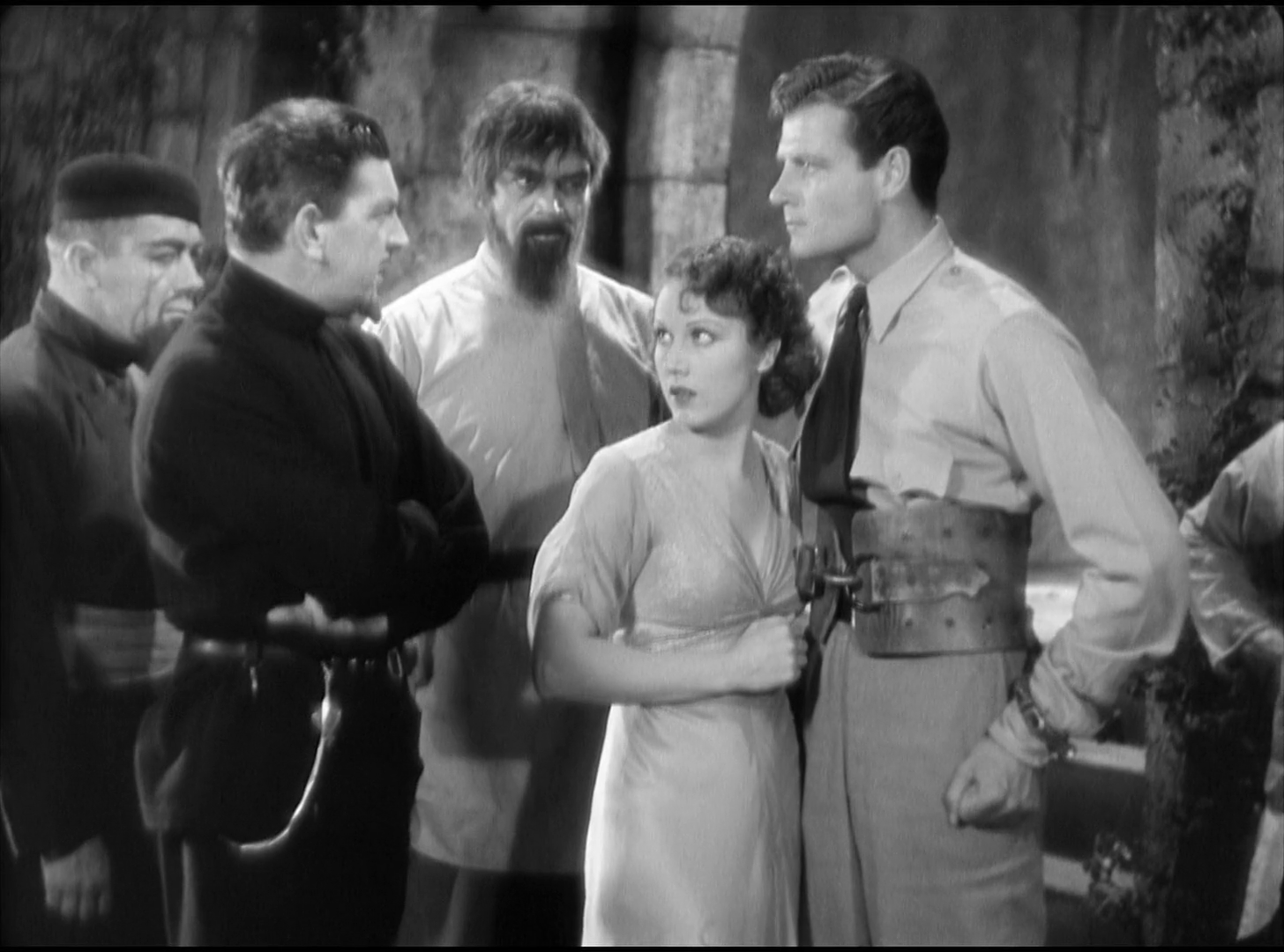

No comments:
Post a Comment